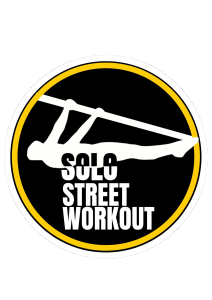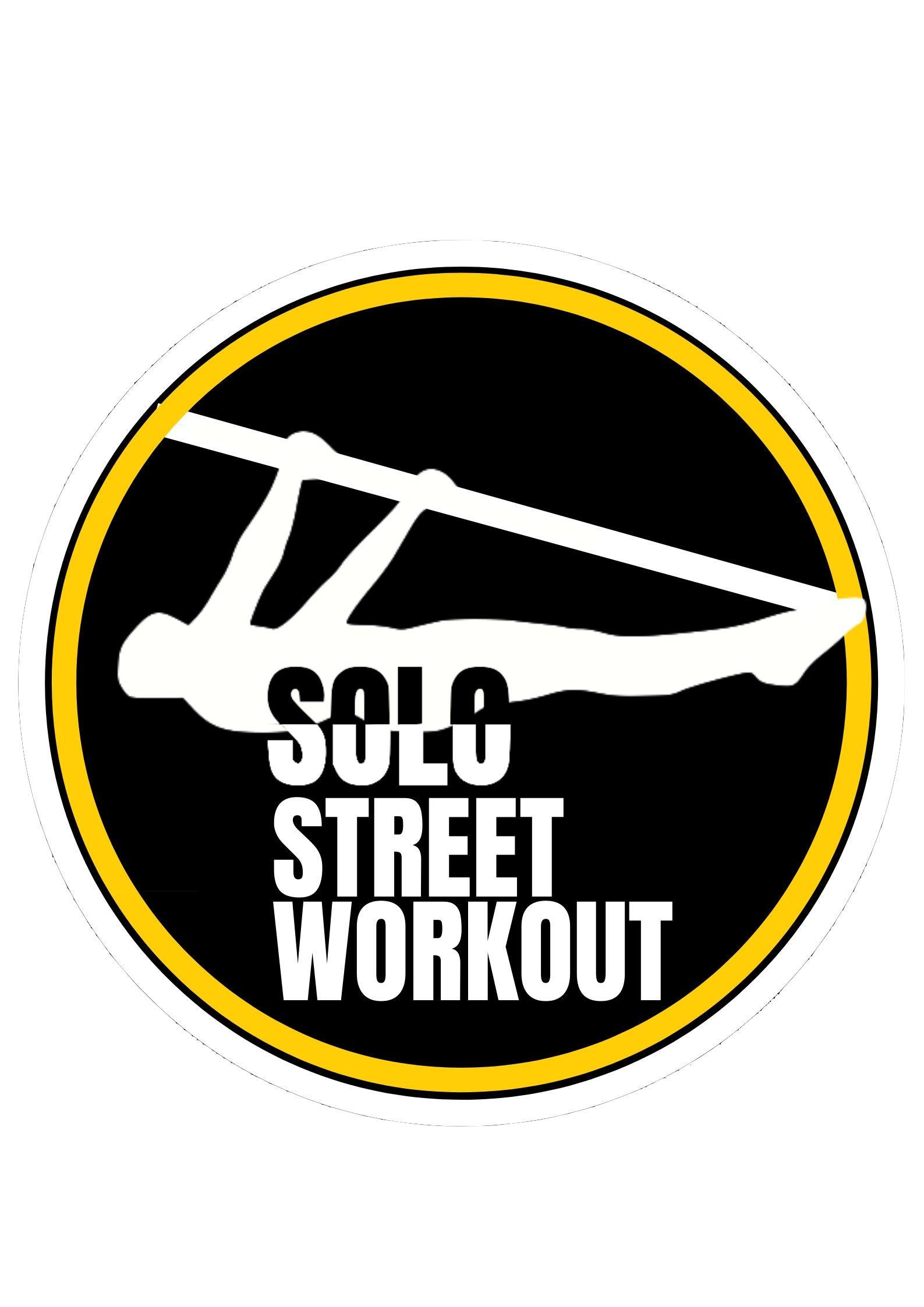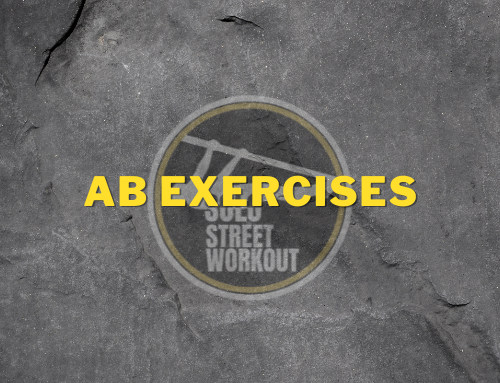How to Progress in Pull-Ups: Complete Guide and Training Plan
Pull-ups are one of the most complete exercises for developing upper body strength, especially in the back, shoulders, and arms. However, many people struggle to make progress in pull-ups, since they require both strength and technique. In this article, we’ll explain how to improve your pull-ups, covering key aspects such as grip, proper execution, training frequency, and a 4–5 week plan to help you take your pull-ups to the next level.
Why Are Pull-Ups Important?
Pull-ups not only strengthen back muscles such as the lats, but also engage the biceps, deltoids, and core, making them a fundamental exercise for building functional strength. They’re also a key indicator of relative strength — the amount of strength you can apply in relation to your body weight.
How to Progress in Pull-Ups: Key Factors
1. The Right Grip
Grip is one of the first things to optimize when working on pull-up progression. There are several types you can use:
Overhand grip (palms facing out)
This is the classic pull-up grip. Palms face outward, engaging the lats more while reducing biceps involvement.
Underhand grip (palms facing you)
Also known as the “chin-up,” this grip recruits more of the biceps, making the exercise easier for beginners.
Neutral grip (palms facing each other)
This is a mix of both grips and is usually easier on the wrists. It’s great if you have joint issues or just want variety.
Tips for improving grip:
● Wrap your thumb around the bar for better stability.
● Keep your hands slightly wider than shoulder-width apart.
● Train grip outside of pull-ups with exercises like farmer’s carries or simple dead hangs.
2. Perfect Execution for Pull-Up Progression
To perform this exercise correctly on a pull-up bar, focus on form. Here are the steps:
Start in a dead hang
Begin with arms fully extended and feet off the ground. This is the starting position.
Engage your lats
Before pulling yourself up, activate your back by drawing your shoulder blades slightly down and back. This keeps the lats doing the work instead of just the biceps.
Pull toward the bar
In a controlled motion, pull your body up until your chin clears the bar. Avoid swinging or kicking your legs — it reduces effectiveness.
Lower under control
The descent is just as important as the ascent. Lower yourself slowly until your arms are fully extended before starting the next rep.
3. Training Frequency and Volume
A common mistake is training pull-ups either too often or not enough. The key is finding balance so you progress without overtraining.
How many times per week?
For most people, 2–3 sessions per week is ideal. It gives enough stimulus while allowing for proper recovery.
How many sets and reps?
That depends on your level:
● Beginners: If you can’t do a full pull-up yet, start with 3–4 sets of assisted pull-ups (bands or machine) for 8–10 reps.
● Intermediate: If you can do 1–5 pull-ups, perform 3–4 sets of 4–6 reps, focusing on form and strength.
● Advanced: If you can already do 10+, increase difficulty by adding weight or trying wide-grip pull-ups.
4. Common Pull-Up Mistakes
Using too much momentum
Swinging or kicking with your legs reduces effectiveness and increases injury risk. Keep every rep controlled.
Not completing the range of motion
Failing to fully extend your arms at the bottom is a big mistake. Always go through the full ROM.
Straining the neck
Don’t jut your head forward just to clear the bar with your chin. Focus instead on driving your chest upward.
5-Week Pull-Up Training Plan
Here are three programs tailored to different levels: beginner, intermediate, and advanced. Follow the one that matches your level for best results.
Beginner Program:
Goal: Build strength and basic technique to perform more pull-ups.
● Monday:
○ Negative pull-ups: 3 sets, max reps.
○ Assisted pull-ups: 3 sets, max reps.
○ Rest: 1:30–2:00 min.
● Wednesday:
○ Negative pull-ups: 2 sets, max reps (different grips: overhand, wide, underhand).
○ Assisted pull-ups: 3 sets, max reps.
○ Rest: 1:30–2:00 min.
● Friday:
○ Negative pull-ups: 2 sets, max reps.
○ Assisted pull-ups: 2 sets, max reps.
○ Rest: 1:30–2:00 min.
Intermediate Program:
Goal: Increase strength and number of bodyweight pull-ups.
● Monday:
○ Bodyweight pull-ups: 4 sets, max reps.
○ Assisted pull-ups: 3 sets, max reps.
○ Rest: 1:30–2:00 min.
● Wednesday:
○ Pull-ups: 2 sets, max reps (different grips: overhand, wide, underhand).
○ Assisted pull-ups: 1 set, max reps.
○ Rest: 1:30–2:00 min.
● Friday:
○ Pull-ups: Perform as many sets as possible of 8–10 reps.
○ Assisted pull-ups: 2 sets, max reps.
○ Rest: 1:30–2:00 min.
Advanced Program:
Goal: Build strength and endurance with weighted pull-ups.
● Monday:
○ Weighted pull-ups (10 kg, then 20 kg): 2 sets, max reps.
○ Pull-ups: 2 sets, max reps.
○ Rest: 2–3 min.
● Wednesday:
○ Weighted pull-ups (different grips): 2 sets, max reps.
○ Pull-ups: 1 set, max reps.
○ Rest: 2–3 min.
● Friday:
○ Weighted pull-ups: Perform as many sets as possible of 8–10 reps.
○ Pull-ups: 2 sets, max reps.
○ Rest: 2–3 min.
Conclusion
Progressing in pull-ups takes patience, proper form, and consistency. By improving your grip, mastering execution, and following a structured program, you’ll see big gains in just a few weeks. Always listen to your body and adjust volume and intensity to your level. Follow these tips and you’ll be crushing pull-ups like a pro in no time!







Leave A Comment